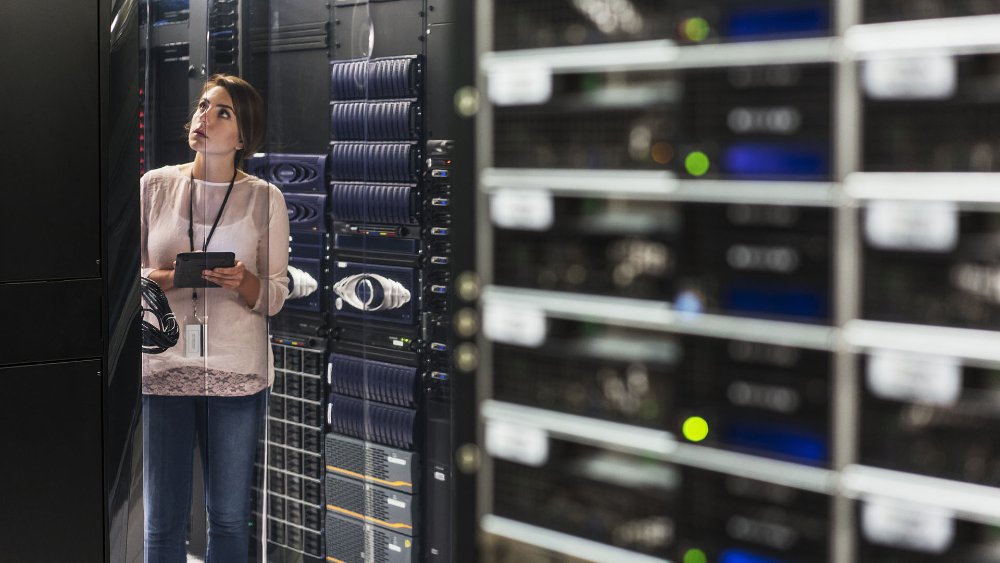Today’s employers are reaping the benefits of the most diverse workforce in history in terms of race, ethnicity, age, gender, religion, disability, sexual orientation, veteran status, neurodiversity, gender identity and more. The resulting diversity in thought gives an organization a competitive edge by fostering innovation, challenging assumptions, enhancing decision-making and exploring unconventional approaches.

A diverse workforce delivers immense advantages, but it also poses challenges when it comes to supporting employees and their families, as different populations have varying needs in terms of benefits, support mechanisms and communication preferences.
Different needs of a diverse workforce
Across the board, employees are struggling with financial uncertainty, mental health challenges, caregiving responsibilities and complex healthcare decisions. These struggles cross geographies, demographics and income levels, creating personal stress and impacting productivity and relationships at work and at home.
Well aware of the challenges plaguing the workforce, employers have invested heavily in benefits programs, tools and resources. Moving the needle has proved harder than expected, however, and employees continue rating their wellbeing low across all measures. According to the 2024 Alight International Workforce and Wellbeing Mindset Study, only 44% of employees rate their overall wellbeing highly. Likewise, 44% give their physical wellbeing high marks, 42% feel positively about their mental/emotional wellbeing and just 39% rate their financial wellbeing highly.
A one-size-fits-all approach isn’t sufficient for today’s diverse workforce, and employers must adopt a high-tech, high-touch solution that reaches employees through all the big and small moments of life — from happy events like buying a house or adding a new family member to difficult times when mourning a death or facing a grim diagnosis — with tools, resources and guidance that meet their specific situation.
Ensuring each employee’s unique needs are addressed requires a personalized, inclusive approach to benefits and wellbeing support. After all, a 32-year-old woman is likely to engage with her employer-sponsored benefits differently than a 59-year-old man, for example.
Likewise, someone providing caregiving to an ailing parent or seeking programs for a child on the spectrum is going to require very different benefits than a Gen Z employee who is still covered on their parents’ health plan, but wants to get started on securing their financial future with a retirement plan and budgeting to ensure they stay on-track with student loan payments and don’t come up short when it comes to the essentials, like food and rent.
Whether they need a referral to a doctor that is a cultural or racial match to their own, a therapist with a deep understanding of the challenges unique to the LGBTQ+ community, or assistance with locating a summer camp geared toward neurodiverse children, today’s workforce brings an array of vastly different needs — and it is incumbent on employers to ensure they not only offer the requisite support, but that employees know what is available and how to access it to their best advantage.
Flexibility is key to supporting a diverse workforce
Much of the time, supporting a diverse workforce doesn’t require the addition of new benefits, just to ensure that existing programs and policies are not exclusive. For example, family-forming benefits were traditionally used by married couples dealing with infertility. These days, however, LGBTQ+ couples or single women are increasingly taking advantage of such programs.
Sometimes, supporting a diverse workforce merely requires a little flexibility. When it comes to holidays, for example, it’s important to recognize that employees don’t all celebrate or recognize the same ones. Offering flexibility in the form of “floating holidays” allows those who observe Hanukkah, Ramadan, Juneteenth, Kwanzaa, Eid or other special days to take off those which are significant to them and align with their personal beliefs.

Likewise, providing wellness days — with no questions asked about why employees are using them — is another way to effectively support a diverse workforce. Whether someone needs a mental health day to decompress or time off to care for a sick child, aging parent or ailing pet, creating a flexible policy that lets the employee decide how they are going to use that time goes a long way towards building a relationship of mutual trust. In the case of longer-lasting issues, employees can be encouraged to take a leave of absence.
A diverse workforce is key to growing the bottom line, but supporting the varied needs that come with it poses a challenge. The solution is not to add more programs to an already overwhelmed ecosystem, but to ensure workers and their families have access to the benefits they need, along with high-tech, high-touch personalized guidance and resources to help get the most out of them.


